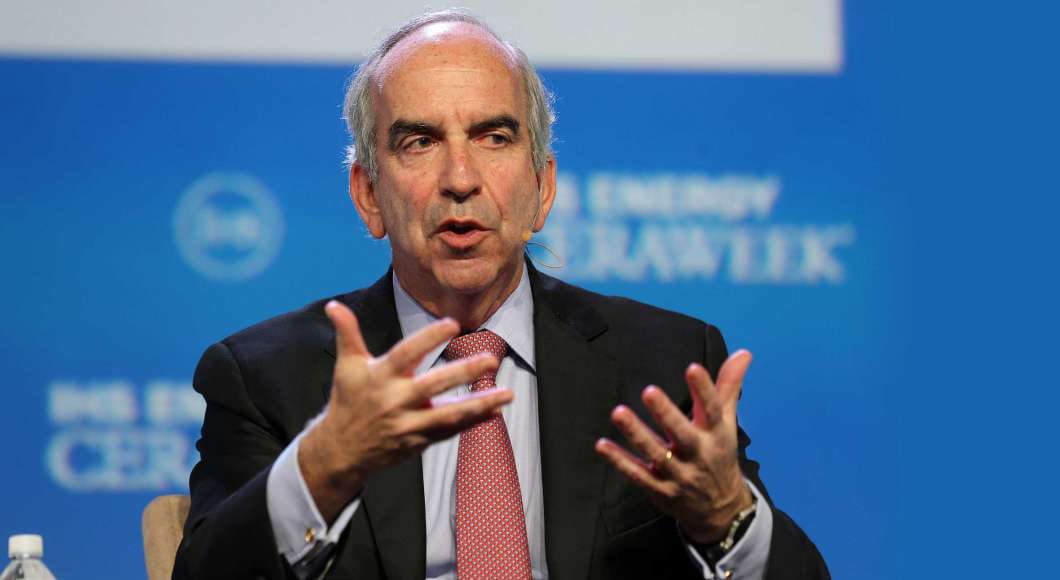The world’s newest oil producing nation is positioned to play a major role in delivering low carbon intensity barrels to a global economy still dependent on fossil fuel to meet its energy needs.
Guyana, a nation bordering Venezuela and Brazil – two countries with large oil reserves – established itself as an oil producer on December 20, 2019, with the first crude production from the Liza Phase 1 Development.
The journey towards crude production began less than seven years ago when Exxon and co-venturers Hess, and CNOOC made their first oil discovery offshore at the Liza field in the giant Stabroek Block. The block has an estimated recoverable resource of more than 10 billion BOE and experts say this is likely to increase further as new discoveries continue to be made.
Speaking on his company’s 2021 Q4 earnings call on January 26, CEO of Hess Corporation, John Hess said Guyana is positioned to be one of the highest margin lowest carbon intensity oil developments globally, according to a study by Wood Mackenzie.
“The world will need these low cost, high value resources to meet growing energy demand, particularly given underinvestment by our industry in recent years,” Hess told investors.
He pointed out that the International Energy Agency’s latest World Energy Outlook provides multiple scenarios for addressing the dual challenge of growing the global energy supply by about 20 percent over the next 20 years and reaching net zero emissions by 2050.
“In all of the IEA scenarios, oil and gas will be needed for decades to come and significantly more investment will be required – much more in renewables and much more in oil and gas,” Hess said.
He pointed out that while investors and oil and gas companies need to remain capital disciplined, they also need to invest more in oil and gas than is the case currently in order to ensure an affordable, just and secure energy transition.
On the Stabroek Block in Guyana, where Hess has a 30 percent interest and ExxonMobil is the operator, the co-venturers continue to see the potential for at least six floating production storage and offloading vessels or FPSOs in 2027 with a production capacity of more than 1 million gross barrels of oil per day and up to 10 FPSOs to develop the discovered resources on the block.
The three sanctioned oil developments on the block – Liza Phase 1, 2 and Payara – have a Brent breakeven oil price of between $25 and $35 per barrel.
“The Yellowtail development has world class economics and will be the largest to date on the Stabroek Block, developing nearly 1 billion barrels of oil, with a gross production capacity of approximately 250 thousand barrels of oil per day,” the company executive stated.
Experts say Guyana could be on course to become the second largest oil producing country in Latin America by the end of this decade, particularly if conditions in neighbouring Venezuela fail to improve and Mexico’s decline in output progresses.
Norway-based consultancy group Rystad Energy says in the medium term, Guyana’s output will skyrocket as more fields come online.
“In the medium term, the Guyanese oil fields are expected to produce about 1.4 million bpd,” Rystad Energy said.




